 Originally posted by biz-engineer
Originally posted by biz-engineer 
Yes, according to the sunny f16 rule (which practically works), in sunny weather, you could use ISO25 handheld! The only thing is that the best light for photography is not in the middle of a sunny day (deep shadows) and that's especially in sunny conditions that the dynamic range of the scenes largely exceed the dynamic range capability of digital sensors because of the huge difference in light intensity between the areas exposed to the sun and the shadowed areas. On top of this, light intensity does not place your lenses in the best conditions. So, if you want greatly defined tones (for example see what Rondec is doing early morning just before sunrise or at sunset times).
I get the best images in Autumn, early spring, when the sun is filtered out by the atmosphere or clouds. Sometimes the sun strikes through the clouds , so the amount of light is fairly good but I couldn't shoot at ISO25, best case ISO100 or 200.
---------- Post added 14-02-16 at 12:56 ----------
Yes, you do, that's why people use both long exposures or stacking for photographying stars.
Yeah end of day light is alway missing, I wonder how one could ever work bellow iso 100
FA77, f/5.6, 1/8000, iso 100
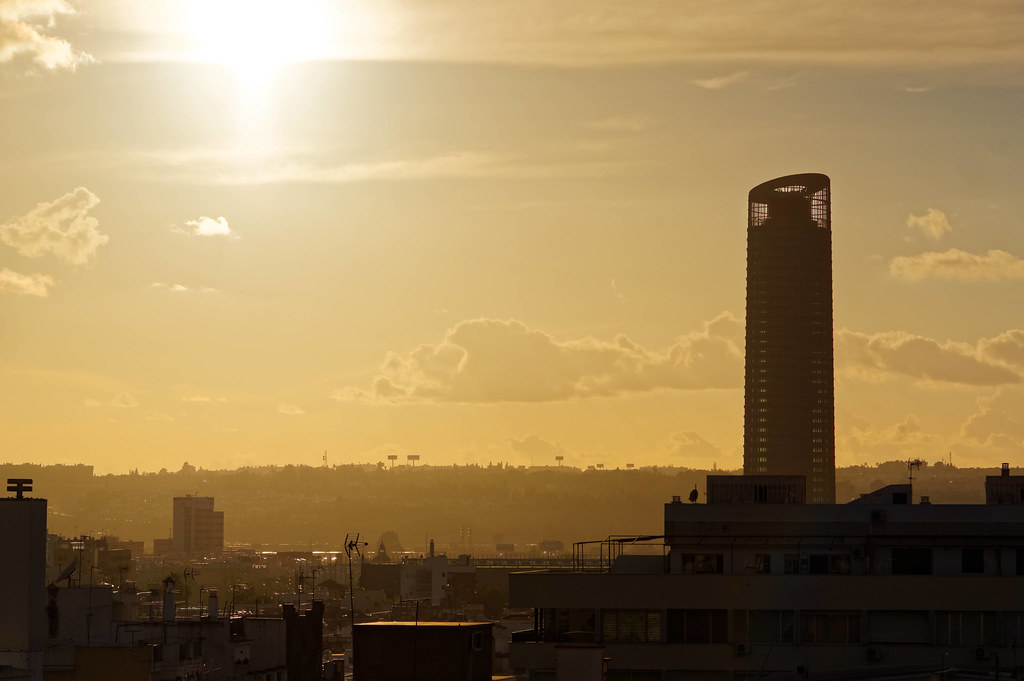
DA15, f/11, 1/200, iso 100.
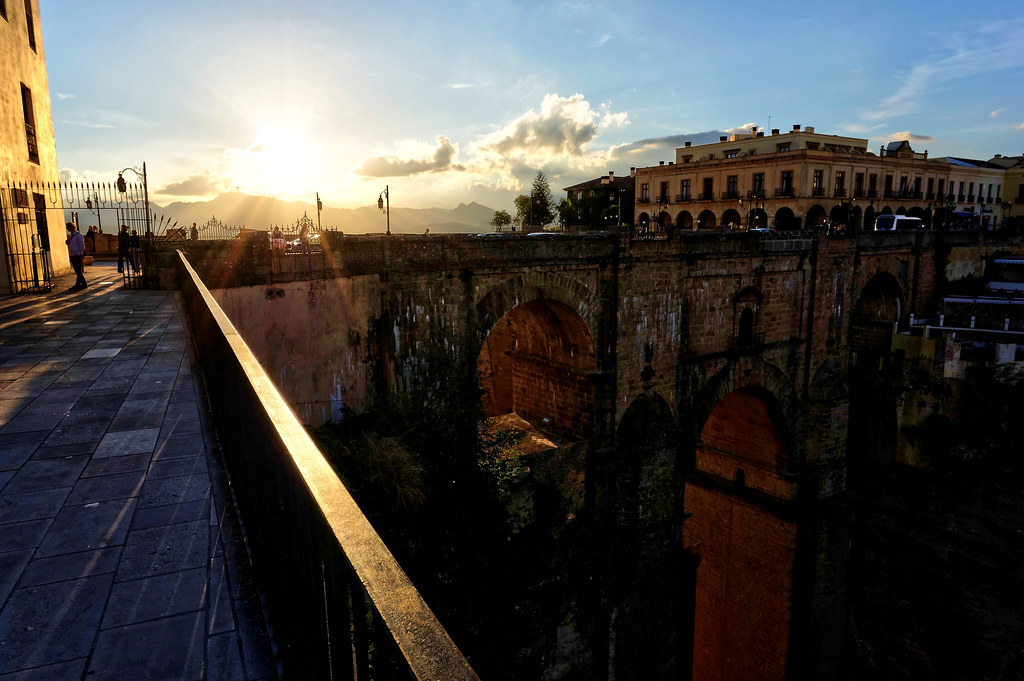
FA77, f/3.2, 1/500, iso 100

FA77, f/8, 1/160, iso 100
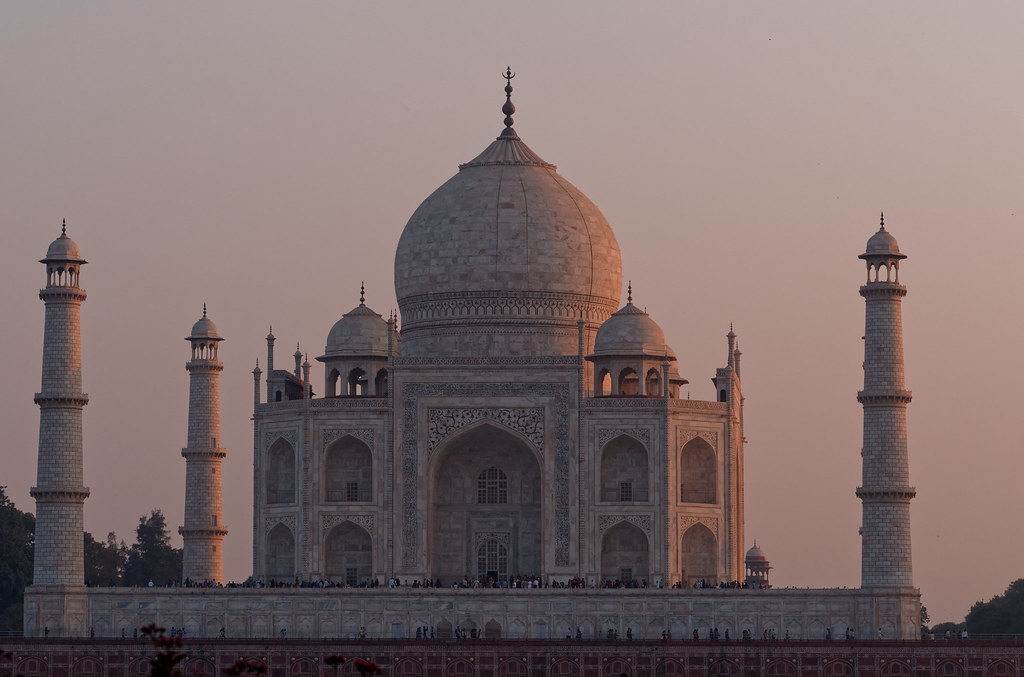
FA77, f/5.6, 1/1600, iso 400 (obviously an error)

And we all know that pictures in daylight look crapy if it is not sunrise or sunset. No color deph, no saturation...
Almost 2 hours before sunset:
DA15, f/4, 1/1000s, iso 100
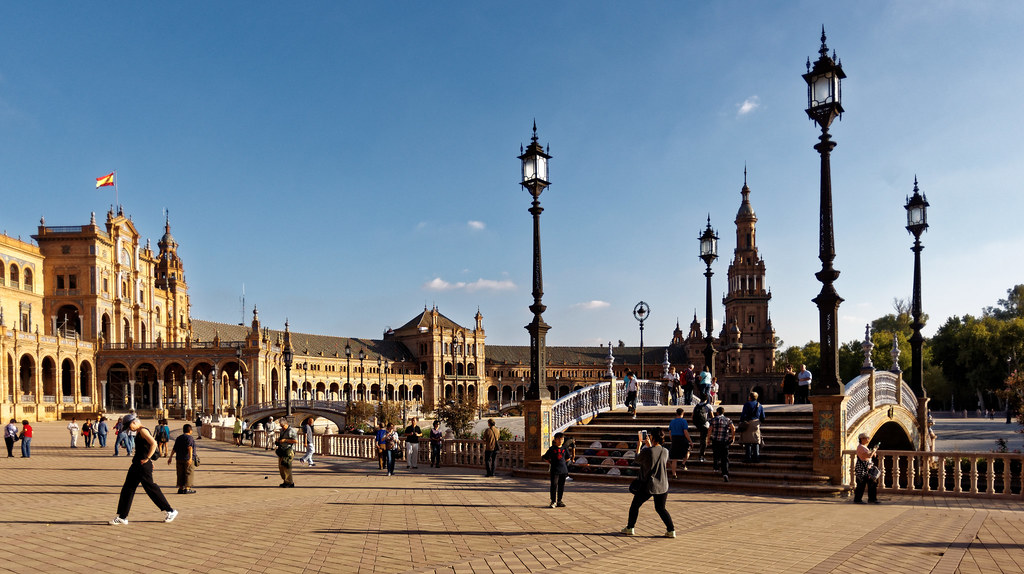
Near noon:
DA15, f/8, 1/250s, iso100
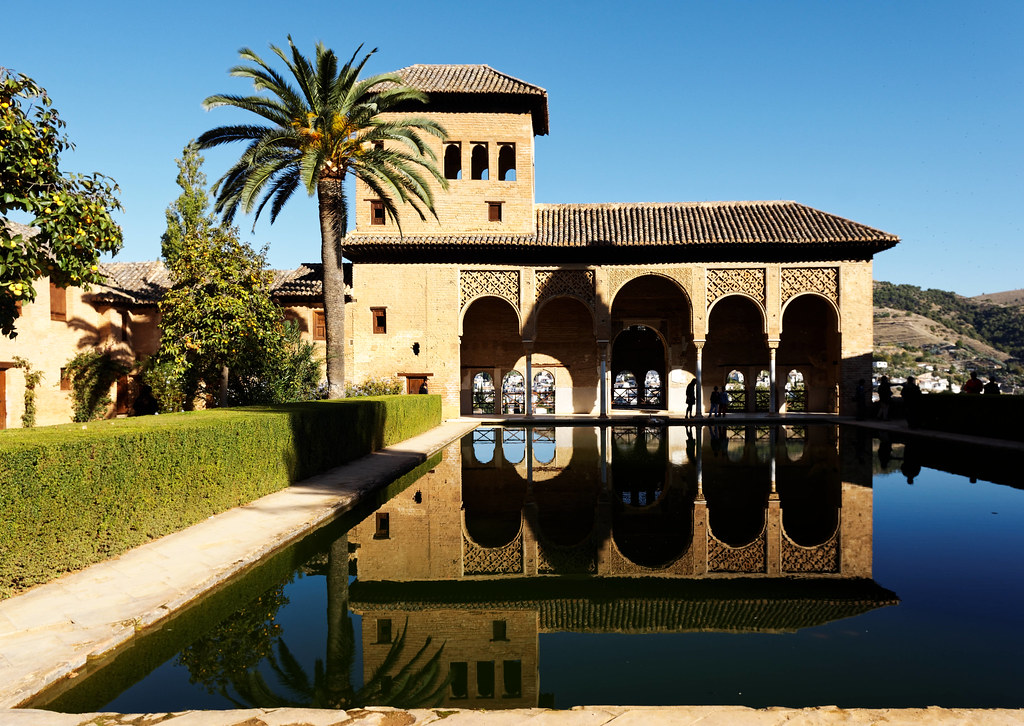
Man please stop saying thing are impossible when we are all doing it all the time.


 Similar Threads
Similar Threads 





















 Post #165 by kenspo
Post #165 by kenspo








